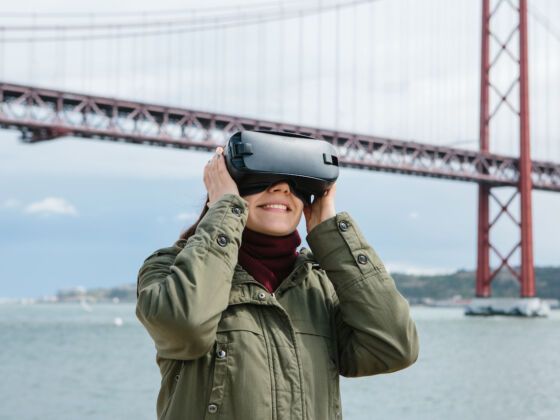IT WAS 2006. I was a freshman. Facebook was huge. Full-length movies streamed instantly to my computer. My cell phone took 1.2 MP pictures.
In other words, technology had never been more advanced.
And that’s just it: by any measurement, we’re constantly living within the most advanced technological era of all time. Yet by the long list of aspirational technologies you’re about to read, you’d never know it.
